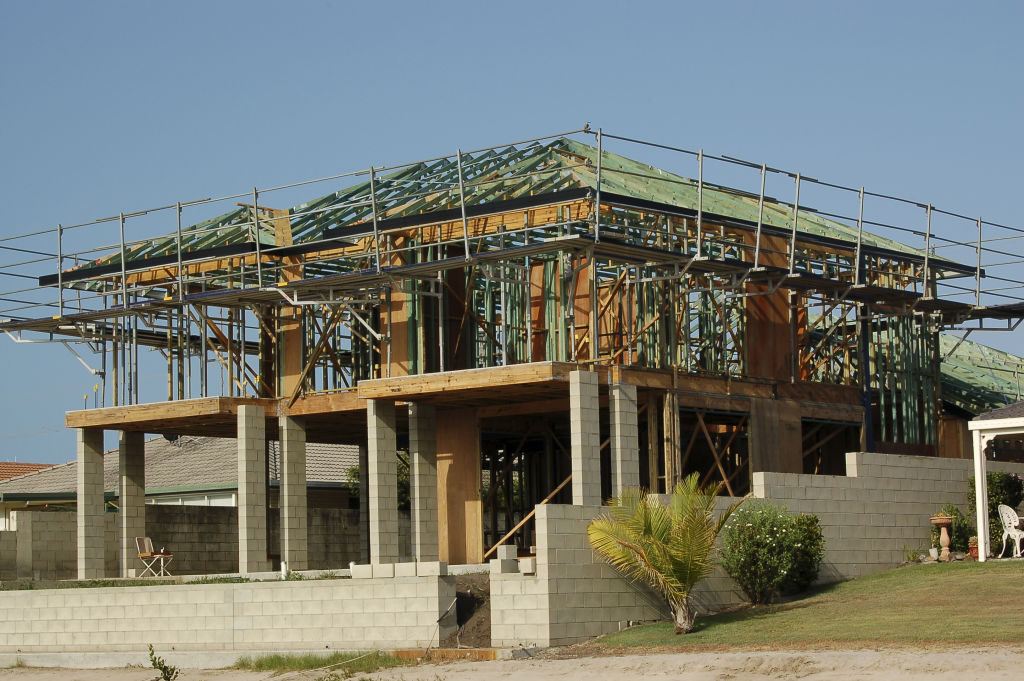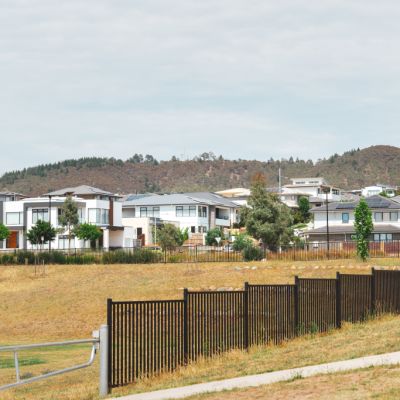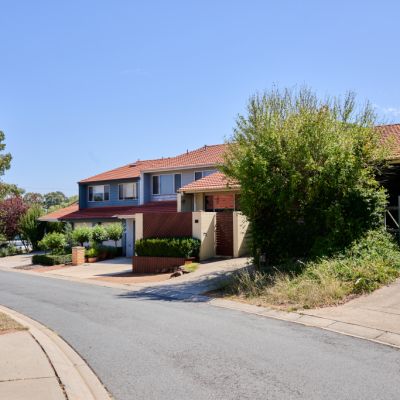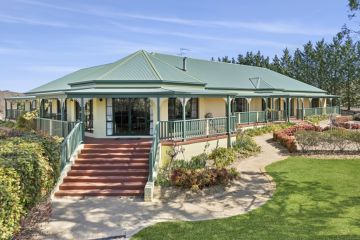ACT building approvals lowest in the country

The latest figures for houses and units from the Australian Bureau of Statistics show ACT building approvals have slowed dramatically, putting the capital behind the rest of Australia.
Western Australia, South Australia, Queensland and the Northern Territory all saw detached house approvals rise in the three months to November compared to the same time in 2023, while the other states and territories declined.
The ACT recorded the worst dip, plummeting by -34.6 per cent, compared to New South Wales at -7.5 and Victoria at -4.5 per cent. Western Australia proved to be the polar opposite, jumping 40.8 per cent with South Australia next at 26.5 per cent.
HIA Senior Economist, Matt King said the monthly figures, released on January 7, overall point to a nascent recovery in new home building following a period of prolonged weakness.
“At the national level, market confidence is returning as the majority of capital city and regional markets now appear to have moved through the trough in new home building activity,” he said.
However, Greg Weller, HIA executive director for the ACT, says approvals in the capital have been trending downwards for some time, with the latest figures the lowest he has seen them.
“Going back over the last decade, we’ve rarely dipped below 1000 for detached houses in a rolling 12-month period but by November there were only 680 approvals,” he said.
ABS data shows only 2438 dwellings were approved last year up until November 2024, which included townhouses and units, while multi-unit approvals in the ACT dropped a significant -82.4 per cent.

“At the time of the election, the ACT Government committed to building 30,000 more dwellings by 2030, which is a target HIA supports,” Weller said.
“6000 new homes every year is a big effort and is achievable …but it’s fair to say we’re approving less than half of what we need for the government to meet that commitment. [At the moment], we’re nowhere near that number.”
He says high interest rates, delays in the planning system and the cost of land have been factors impacting building activity in the region.
But 2025 could bring some reprieve to homeowners and the industry.
“We do expect interest rates will go down soon which would send a good signal to the market,” Weller said. “More land needs to be delivered to the market, and the government has heard and received that message.
“Right now, we have more trades and builders available, and the time it takes to get plans through the system is a bit quicker. This all brings opportunities for building activity to recover [in the ACT].”
We thought you might like
States
Capital Cities
Capital Cities - Rentals
Popular Areas
Allhomes
More










